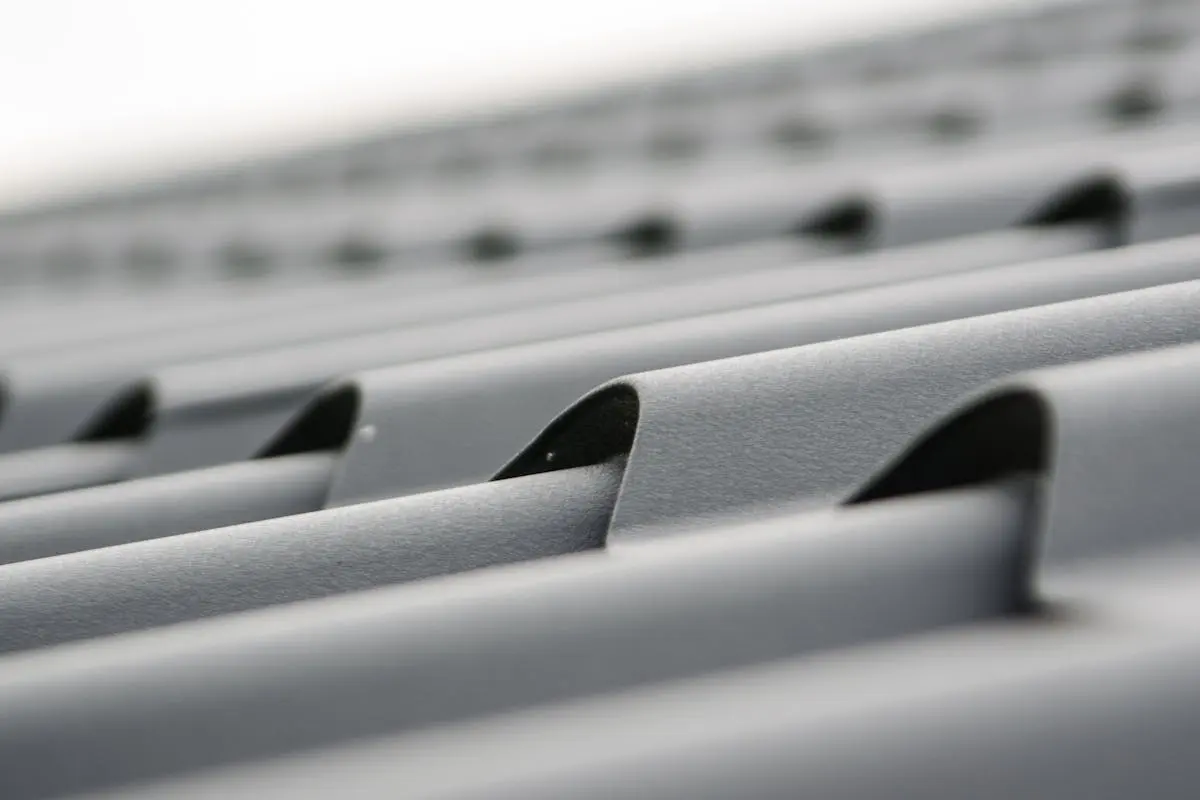Introduction to residential roofing
Residential roofing includes various materials such as asphalt, wood, metal, and more. Metal roofs are becoming increasingly popular due to their durability and longevity. They are known to last between 40 to 70 years with proper maintenance. Unlike traditional roofing materials, metal roofs require minimal maintenance, making them an attractive option for homeowners. Metal roofs can withstand harsh weather conditions such as heavy rain, snow, and intense heat, providing long-term protection for your home.
Advantages of metal roofs for residential properties
Metal roofs are a great option for residential properties due to their durability and low maintenance. They have a longer lifespan compared to other roofing materials, lasting anywhere from 40 to 70 years. Metal roofs are also resistant to fire, mildew, insects, and rot, making them a great choice for areas prone to extreme weather conditions. Additionally, they can be more energy-efficient, as they reflect solar radiant heat, helping to reduce cooling costs during the summer months. So, if you’re looking for a long-lasting and low-maintenance roofing option for your home, metal roofs are definitely worth considering.
Durability and longevity of metal roofs
Metal roofs are known for their exceptional durability and long lifespan. According to the Metal Roofing Alliance, metal roofs can last 40 to 70 years, which is significantly longer compared to traditional asphalt shingles. Additionally, metal roofs require minimal maintenance, making them a cost-effective and low-maintenance option for homeowners. The longevity and durability of metal roofs make them a durable and long-lasting investment for residential properties.
Common maintenance practices for metal roofs
Metal roofs are known for their durability and longevity, but they still require regular maintenance to ensure they last a long time. Here are some common maintenance practices for metal roofs:
-
Regular Cleaning: Remove any debris, leaves, and branches from the roof to prevent potential damage and blockages. Use a gentle brush or blower to avoid causing scratches or dents.
-
Inspect for Rust: Check for any signs of rust or corrosion, especially around fasteners or seams. If any rust is found, it should be addressed promptly to prevent further damage.
-
Gutter Cleaning: Keep gutters clear of any debris to ensure proper drainage and prevent water from pooling on the roof.
-
Trim Overhanging Branches: Overhanging branches can cause damage to the roof, so it’s essential to trim them regularly.
-
Professional Inspection: Schedule regular inspections by a professional to identify any potential issues and address them before they become more significant problems.
By following these maintenance practices, you can help to ensure the longevity and performance of your metal roof.
Understanding the environmental benefits of metal roofs
Metal roofs offer several environmental benefits, making them an eco-friendly choice for residential roofing. Here are some of the environmental advantages of metal roofs:
- Metal roofs are often made from recycled materials, reducing the need for new resources.
- They are highly durable and can last 50 years or more, reducing the frequency of roof replacements and the resulting waste.
- Metal roofs are energy efficient, reflecting sunlight and reducing the need for air conditioning.
- At the end of their long lifespan, metal roofs are fully recyclable, minimizing their environmental impact.
Choosing a metal roof can be a sustainable decision for your home, as it offers both long-term durability and environmental benefits.
Signs of wear and tear on metal roofs
Metal roofs can show signs of wear and tear over time. Look out for rust, which can appear as reddish or orange spots on the roof. Deterioration of the protective coating can cause this. Additionally, loose or missing screws, fasteners, or seams on the roof can indicate potential issues. A visual inspection can help identify any dents or pitting on the metal surface. It’s important to address these signs promptly to prevent further damage and maintain the longevity of your metal roof.
Comparison of metal roofs with other roofing materials
Metal roofs generally have a longer lifespan compared to other roofing materials. According to the Metal Roofing Alliance, a properly installed metal roof can last 50 years or more, whereas asphalt shingles typically last around 20 years. In terms of maintenance, metal roofs require minimal upkeep, while other materials such as wood or tile may need more regular maintenance to ensure longevity. When comparing upfront costs, metal roofs may have a higher initial investment, but their durability and longevity often make them a cost-effective choice in the long run.
Choosing the right metal roof for your residential property
When choosing a metal roof for your residential property, it’s important to consider the longevity and maintenance of different types of metal roofs. Here are some key points to keep in mind:
- Metal roofs can have a lifespan of 40-70 years, significantly longer than traditional asphalt shingles.
- Different types of metal, such as steel, aluminum, and copper, offer varying levels of durability and resistance to corrosion.
- The choice of metal roof coating can impact its performance and maintenance needs.
- Proper installation and regular maintenance are crucial for maximizing the longevity of your metal roof.
Hiring professional services for metal roof maintenance
It’s essential to hire professional services for maintaining your metal roof to ensure its longevity. Professional roofers have the expertise to inspect and identify any issues with your metal roof. They can provide regular maintenance, such as cleaning debris and inspecting for any signs of damage or corrosion. Additionally, professional services can address any repairs needed promptly and accurately.Regular professional maintenance helps to extend the lifespan of your metal roof and ensures that it continues to provide reliable protection for your home.
Conclusion and final thoughts
Keep in mind that metal roofs are a durable and long-lasting option for residential roofing. With proper installation and maintenance, metal roofs can last for 40 to 70 years, depending on the type of metal used. While the initial cost may be higher than traditional roofing materials, the longevity of metal roofs can provide cost savings over time. Additionally, metal roofs require minimal maintenance, making them a practical and sustainable choice for homeowners. Overall, considering the longevity and low maintenance requirements, investing in a metal roof can be a beneficial decision for your home.


